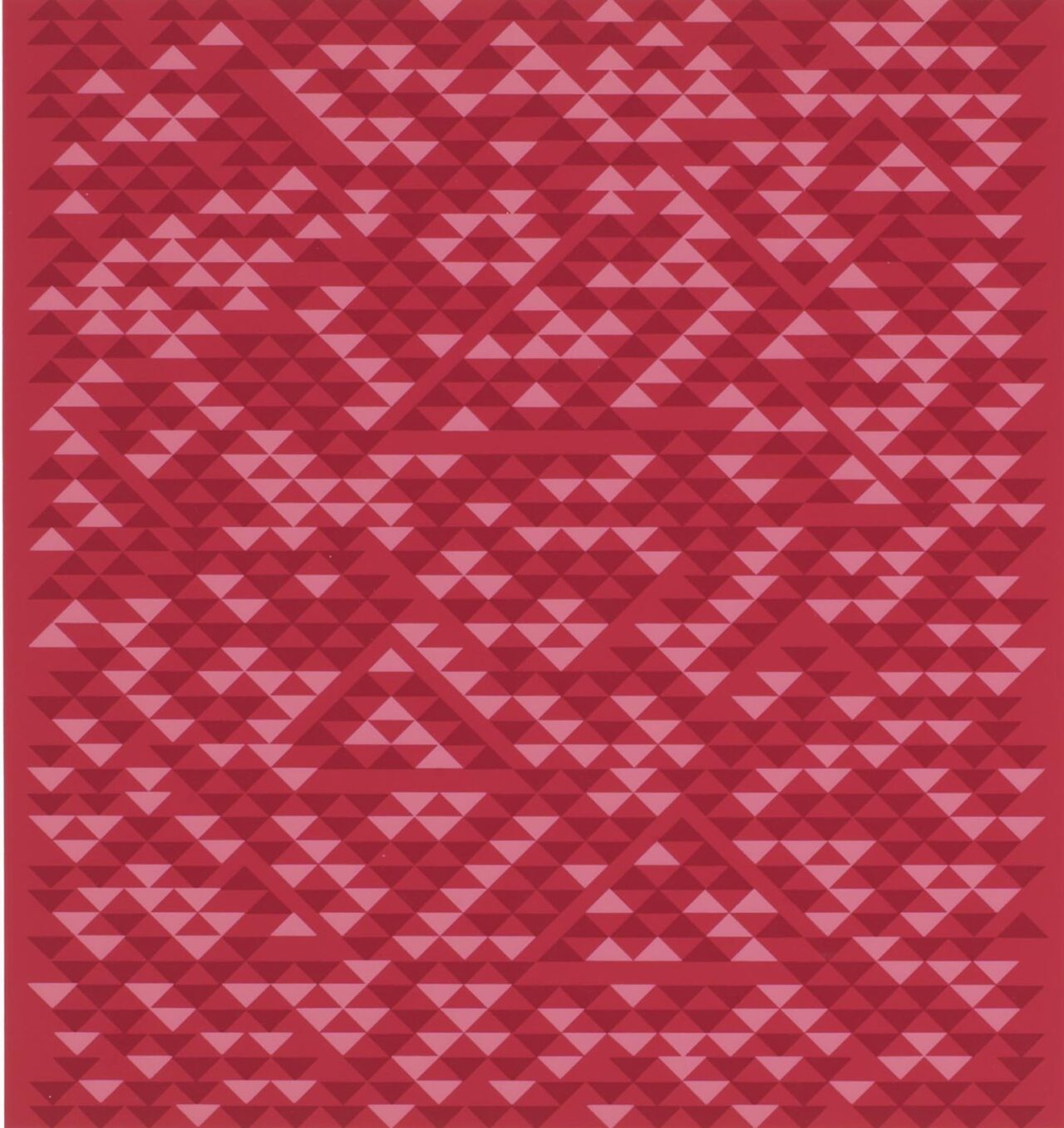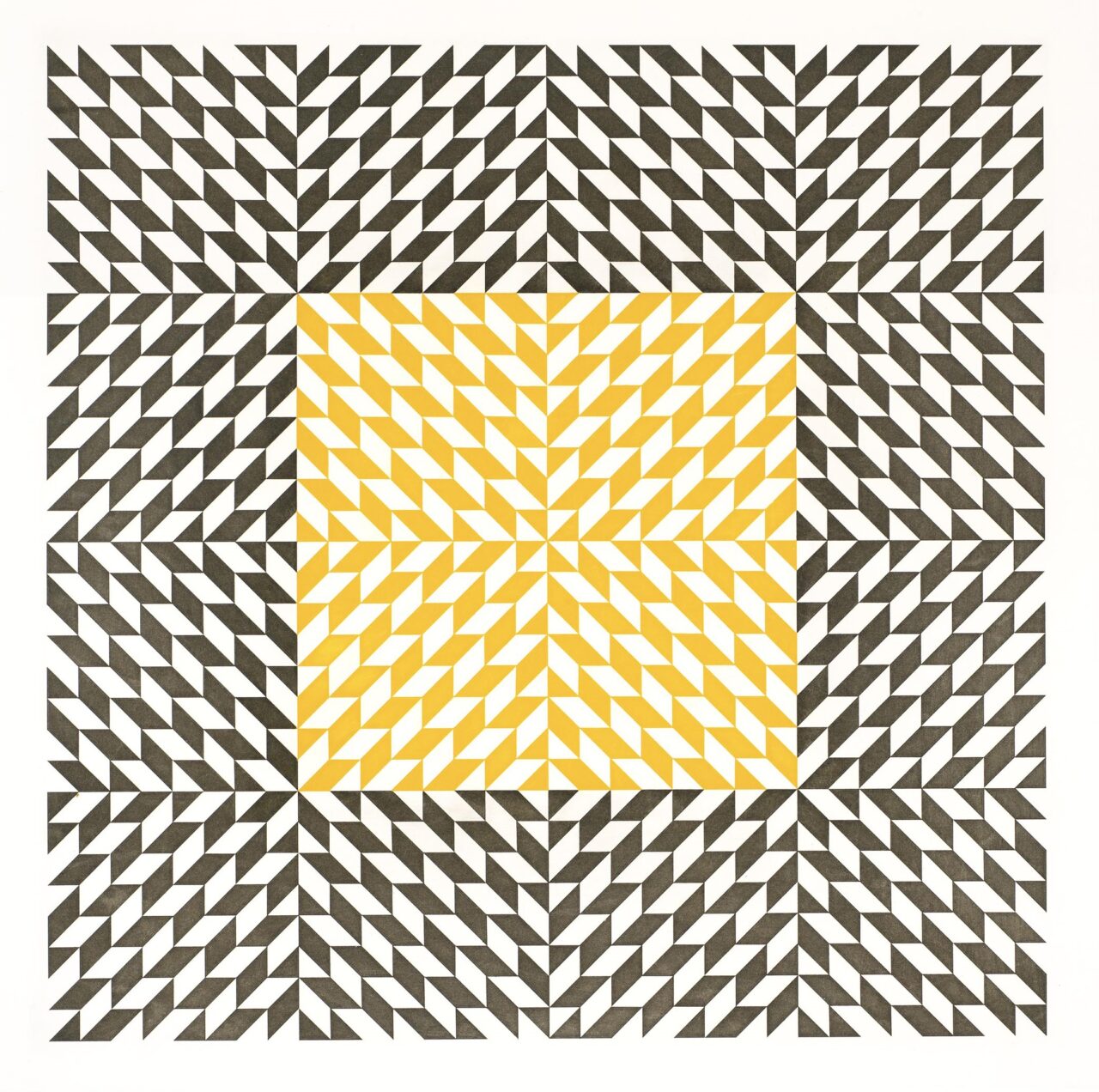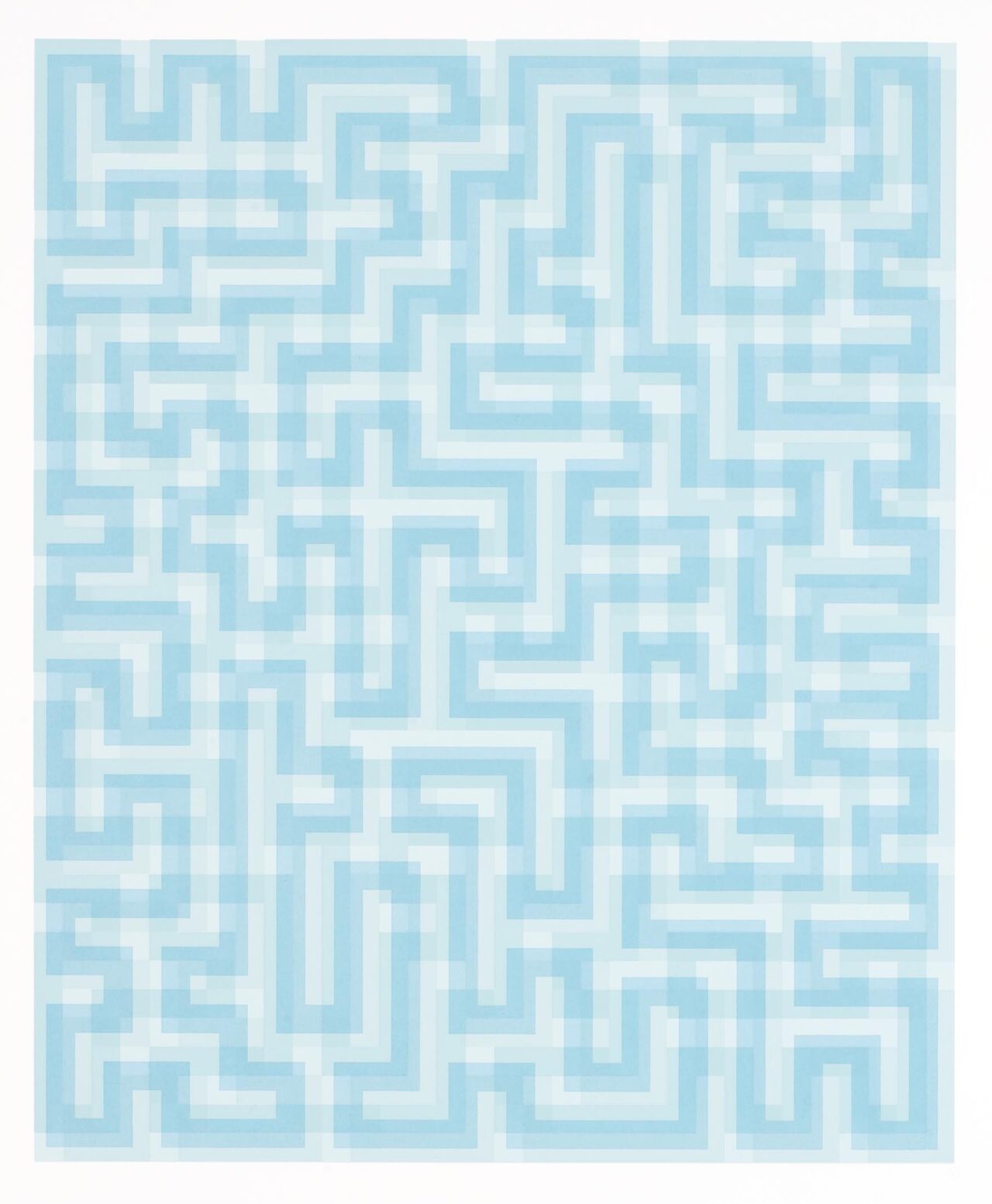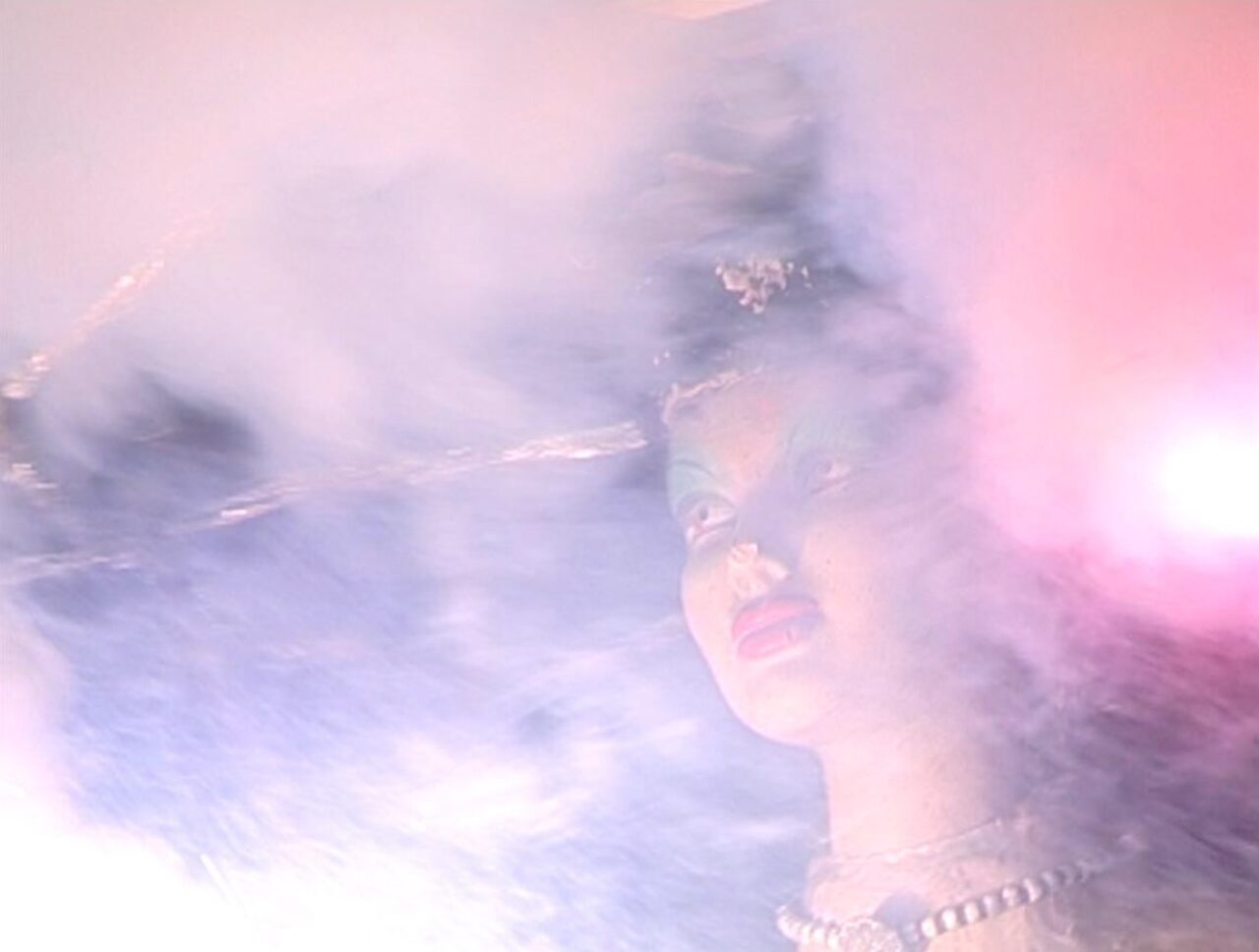The printed work
This exhibition is the first in Switzerland to be devoted to the work of Anni Albers (1899-1994), an artist who played an active part in 20th century modernism yet who has long been overshadowed by her husband, the painter and theoretician Josef Albers. She trained in Germany at the Bauhaus textiles workshop, which was then the only studio open to women. During the 1920s, Albers explored the possibilities offered by this technique and created a world defined by abstraction and linearity, where geometric motifs went hand in hand with vivid colours. Continuing her artistic research in the United States, where she emigrated with her husband in 1933, she rapidly became a key player in textile art, and in 1949 she was the first weaver to exhibit at MoMA, New York. She came late to printmaking. It was only from 1963 that she began to explore various techniques (screen printing, lithography, offset, aquatint), which enabled her to develop her research into abstraction. With her extraordinary imaginative and creative skill, Albers built up an intentionally narrow vocabulary with which to construct a rich and complex body of work.
The exhibition, organised in close collaboration with the Alan Cristea Gallery (London) and the Josef & Anni Albers Foundation (Connecticut), gives an overview of this great, yet little known, artist’s printed works.
Please note that MBAL is holding a round table on the subject of the female artist on 12 March 2017. This event has been organised to celebrate the centenary of International Women’s Day, which was first held in Russia in 1917.





